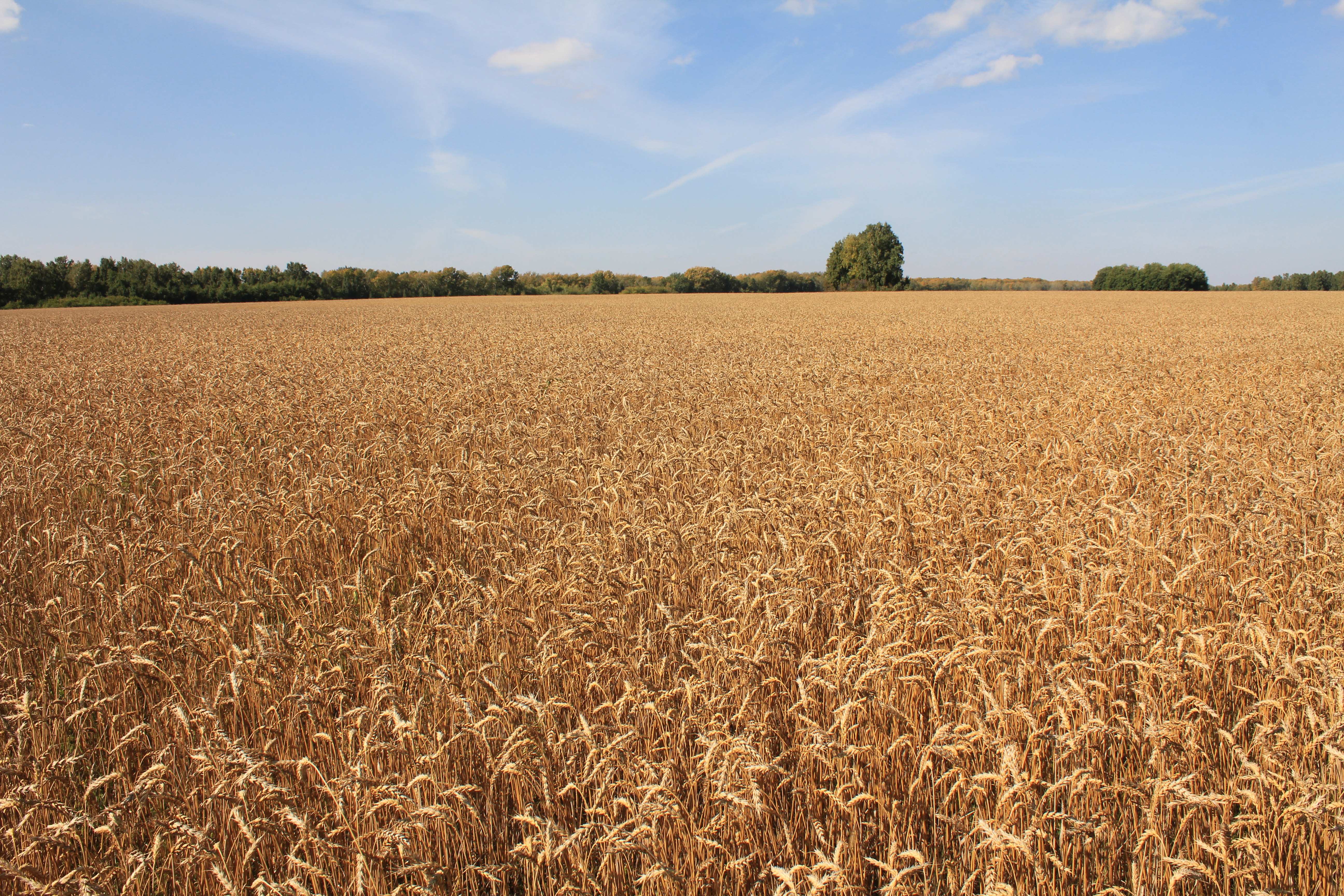Efficiency of nitrogen fertilizer forms on the ordinary chernozem in the southern forest-steppe of Baraba
DOI:
https://doi.org/10.31251/pos.v8i2.303Keywords:
ordinary chernozem; spring wheat; solid fertilizers (ammonium nitrate); liquid fertilizers (KAS-32); fertilizet efficiency; grain quality.Abstract
The aim of the study. Comparative assessment of the efficiency of solid and liquid mineral fertilizers applied by the Bourgault 3330 seeding complex for the spring wheat on the ordinary chernozem in the southern forest-steppe of Baraba.
Location and time of the study. The experimental part of the research was carried out in 2021 in the southern forest-steppe Baraba (Novosibirsk region, Russia).
Methods. The agrochemical analyses of soil and plant samples were carried out according to common classical methods. For application of fertilizers and sowing of spring wheat of the Tobolskaya cultivar, the Bourgault 3330 seeding complex was used. For wheat cultivation a set of intensification agents was used: herbicides, fungicides, insecticides and plant growth regulators. The actual wheat yield was recorded using a JohnDeere 9570 STS combine with an automatic digital weighing system (ActiveYield); at the same time the biological production was determined by the sheaf method. Statistical data processing was carried out using the analysis of variance method.
Results. The efficiency of local application of two types of nitrogen fertilizer was compared: solid - granulated ammonium nitrate and liquid - UAN-32. In the control treatment (without application of fertilizers), the wheat yield was 2.79 t/ha: as compared with the diammophoska treatment, it increased by 8%, and in the treatments with combined use of diammophoska and ammonium nitrate or UAN-32 between the rows of wheat seeds during sowing, it increased by 16%. In the treatments with the liquid and solid nitrogen fertilizers, there were differences in plant productivity: when ammonium nitrate was applied, the yield increased due to a larger number of productive stems, and in the UAN-32 treatment, the number of grains in the ear and the mass of 1000 grains increased. The uptake of nitrogen by wheat plants and the coefficient of nitrogen use of fertilizers (36%) were higher when ammonium nitrate was applied.
Conclusions. In the field experiment on ordinary chernozem in the southern forest-steppe of the Novosibirsk region, the agronomic efficiency of solid and liquid nitrogen fertilizers was the same. When ammonium nitrate was applied, plant nitrogen uptake and the fertilizer nitrogen use coefficientof were maximal, most likely due to a higher nitrogen uptake by straw, as compared with the UAN-32 treatment. However, the physiological efficiency, i.e. the increase in grain due to the additional uptake of 1 kg of fertilizer nitrogen when applying ammonium nitrate was 1.3 times lower than in the UAN-32 treatment. The efficiency of fertilizer and soil nitrogen use by the wheat grain yield, when UAN-32 and ammonium nitrate were applied, was 54%. The application of solid and liquid nitrogen fertilizers contributed to the improvement of the grain quality of spring wheat, especially in the UAN-32 treatment, where the gluten content increased by 30%.
Downloads

Downloads
Published
How to Cite
Issue
Section
License
Copyright (c) 2025 The Journal of Soils and Environment

This work is licensed under a Creative Commons Attribution 4.0 International License.






